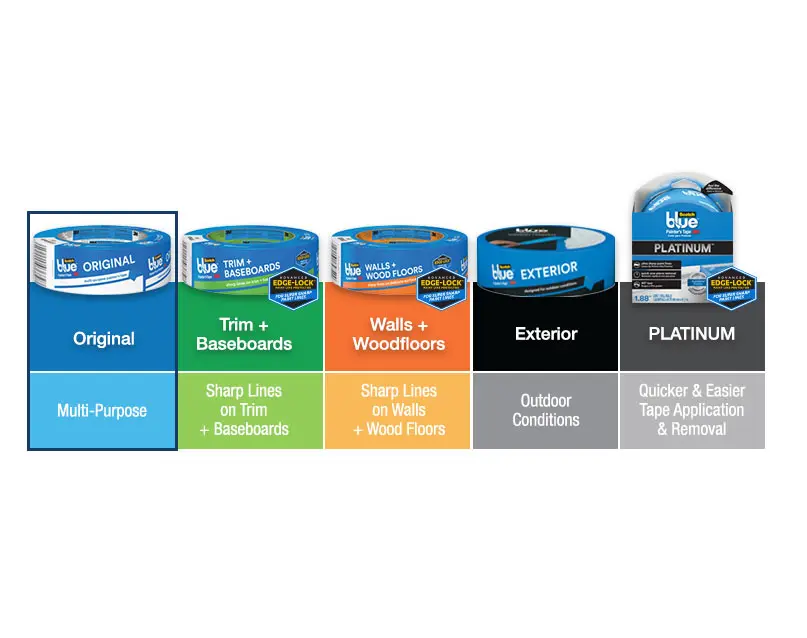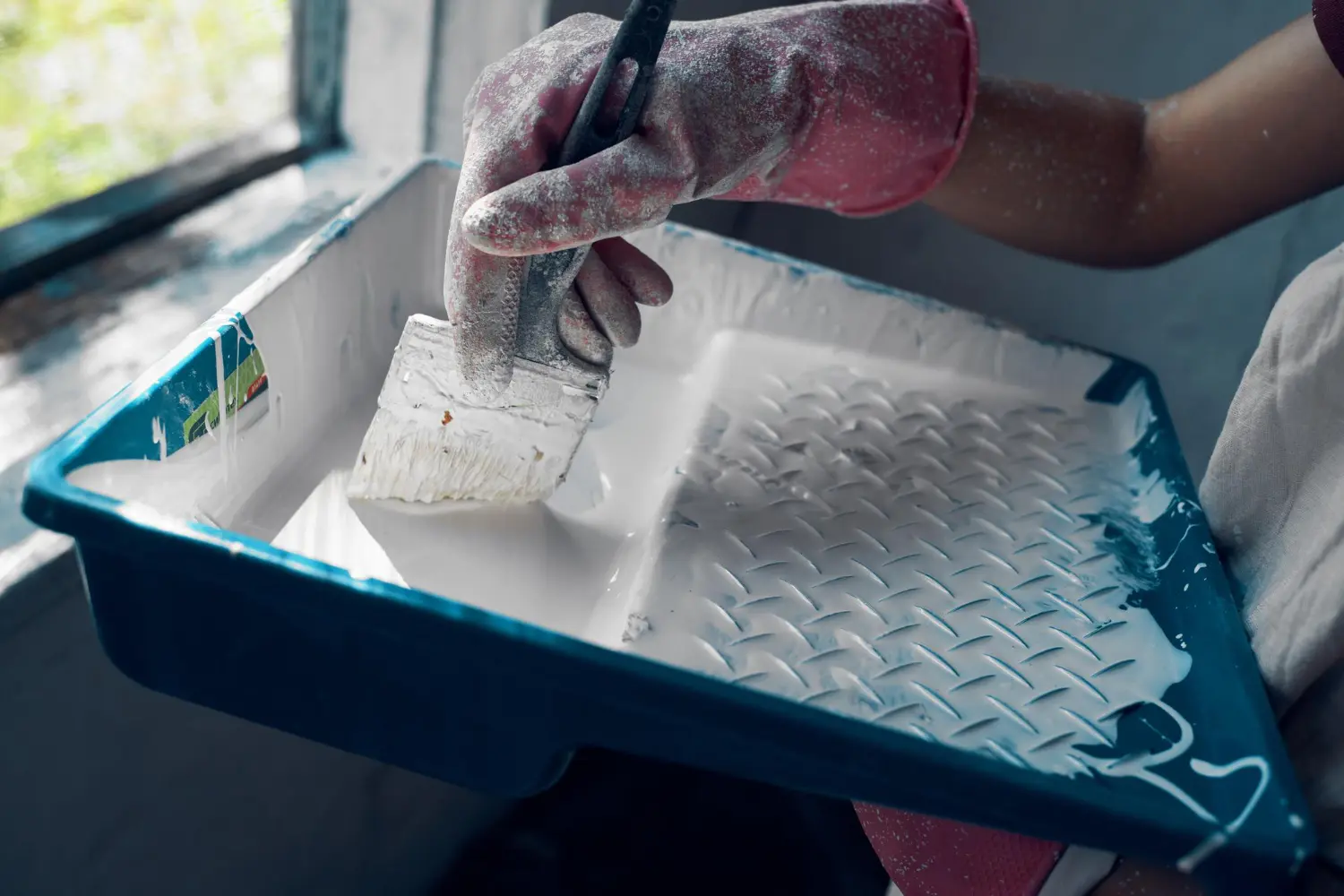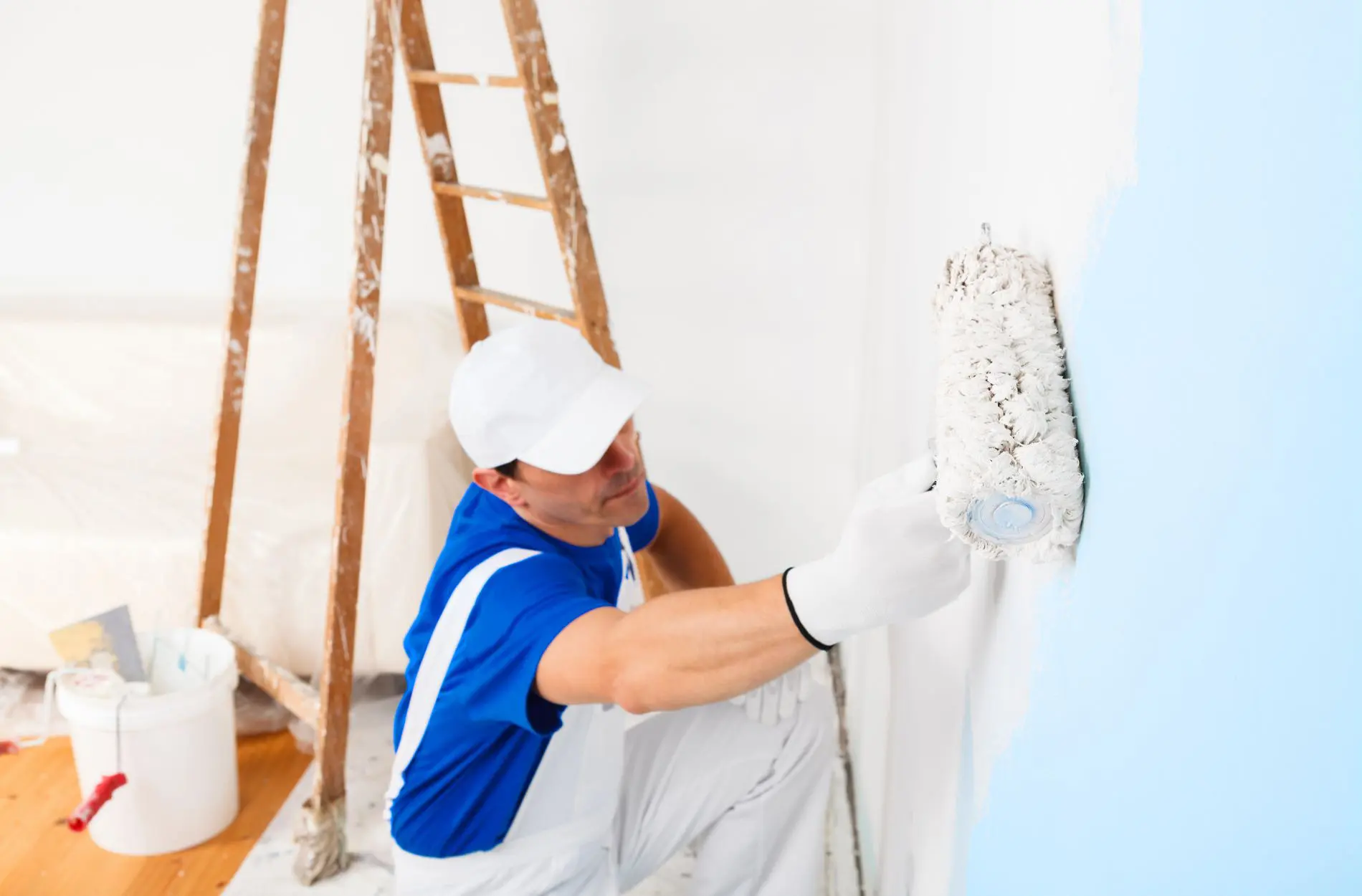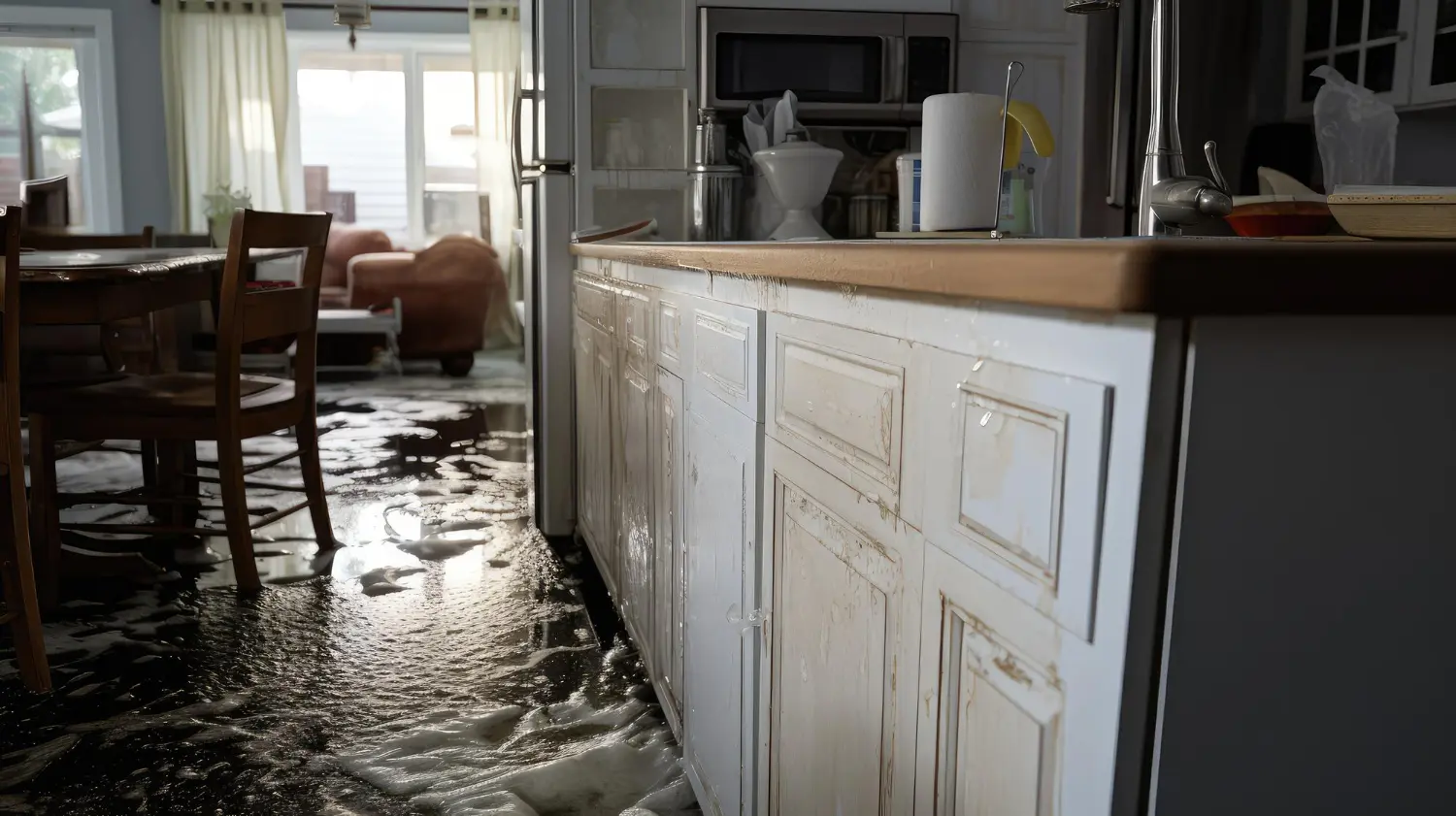Paint Colors Through the Decades: A Journey of Style and Trends

Paint colors have the remarkable ability to reflect the zeitgeist of a particular era. From the vibrant hues of the 1960s to the neutral palettes of the 2000s, each decade has its own distinct color trends that evoke a sense of nostalgia and cultural significance. In this article, we will take a journey through the decades, exploring the paint colors that defined each era and left an indelible mark on interior design.

1950s: Pastel Tones and Soft Hues
The 1950s were characterized by a post-war optimism and a longing for serenity. Soft pastel colors dominated interior spaces, creating an atmosphere of tranquility and comfort. Popular colors included delicate pinks, pale yellows, mint greens, and baby blues. These light and airy hues created a sense of freshness and innocence, reflecting the desire for calm after the tumultuous war years.
1960s: Bold and Vibrant
The 1960s witnessed a cultural revolution, and this was reflected in the bold and vibrant color choices of the era. Colors such as psychedelic oranges, electric blues, and lime greens exploded onto the scene, reflecting the energetic and rebellious spirit of the time. These colors were often used in combination, creating visually stimulating and unconventional interiors that mirrored the countercultural movements of the decade.
1970s: Earth Tones and Harvest Colors
The 1970s embraced earthy and natural tones, drawing inspiration from the growing environmental awareness of the era. Earthy browns, olive greens, mustard yellows, and burnt oranges were prevalent in interior design. These warm and cozy colors evoked a connection to nature and a desire for a simpler, back-to-the-earth lifestyle. Earth tones were often complemented by textured elements and natural materials like wood and stone.
1980s: Bright and Bold Neons
The 1980s brought about a decade of excess, and this was reflected in the paint colors of the time. Neon and fluorescent colors burst onto the scene, adding a vibrant and energetic atmosphere to interior spaces. Colors like hot pink, electric blue, lime green, and neon yellow were popular choices. These eye-catching hues were often used in combination with metallic accents, creating a futuristic and glamorous aesthetic.
1990s: Neutral and Minimalistic
The 1990s witnessed a shift towards a more minimalist and subdued aesthetic. Neutral colors became popular choices for interior spaces, with whites, beiges, and grays dominating the scene. These colors created a clean and serene backdrop, allowing for more eclectic furnishings and accessories to take center stage. The minimalist approach was embraced, creating spaces that felt open, uncluttered, and calm.
2000s: Earthy Naturals and Subtle Neutrals
In the early 2000s, there was a return to nature-inspired colors and a focus on creating a serene and tranquil environment. Earthy neutrals such as warm taupes, soft browns, and muted greens gained popularity. These colors created a sense of grounding and provided a soothing backdrop in interior spaces. Soft, understated palettes allowed for a more relaxed and timeless aesthetic.
2010s: Greige and Cool Grays
The 2010s saw the rise of the greige trend, a combination of gray and beige. This versatile and neutral color became a staple in interior design, offering a sophisticated and contemporary look. Cool grays, light taupes, and soft whites dominated the color palette of the decade. The understated and calming tones provided a versatile backdrop for a range of design styles, from minimalist to industrial to Scandinavian.
2020s: Organic Neutrals and Moody Hues
As we entered the new decade, a shift towards organic neutrals and moody hues has emerged. Design trends have embraced colors inspired by nature, such as warm earthy tones, muted greens, and serene blues. These colors evoke a sense of calm, comfort, and a connection to the natural world. Additionally, deep and rich hues like navy blue, emerald green, and charcoal gray have gained popularity, adding depth and drama to interior spaces.
Conclusion:
Paint colors have the power to define an era and reflect the prevailing styles and attitudes of a particular time. From the pastel hues of the 1950s to the bold neons of the 1980s and the organic neutrals of the present, each decade’s color choices have left an indelible mark on interior design. Whether it’s the vibrant and rebellious colors of the 1960s or the minimalist and serene palettes of the 1990s, paint colors play a crucial role in creating atmosphere, setting trends, and capturing the spirit of the times. As we move forward, it will be fascinating to see how paint colors continue to evolve and shape our living spaces in the years to come.










